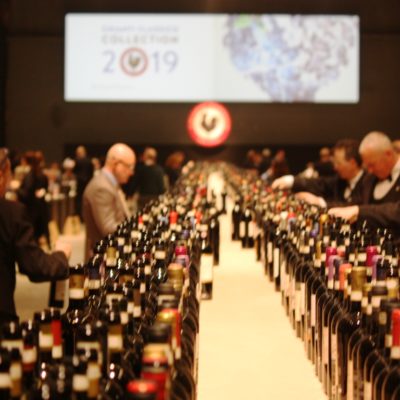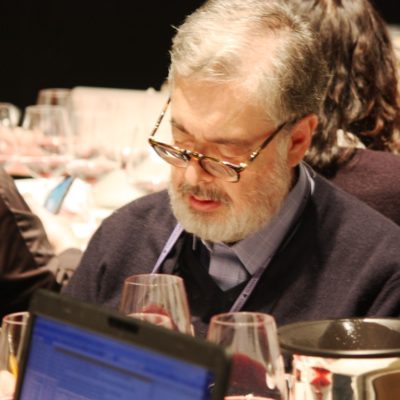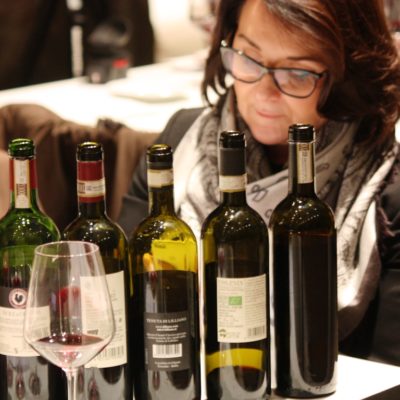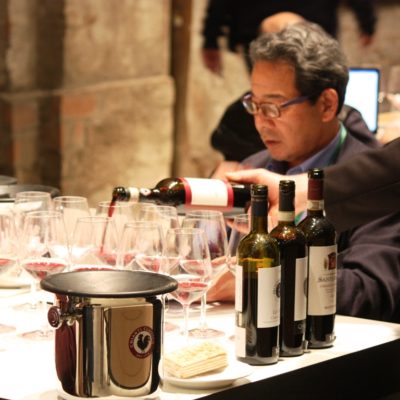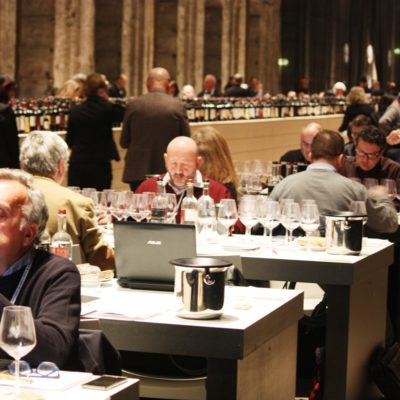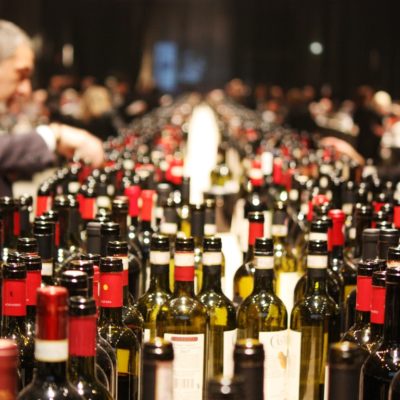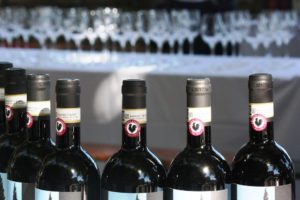Articolo disponibile anche in: Italian
Chianti Classico leaves behind it 12 months of uninterrupted success and critical acclaim, and greets 2019 with the much-anticipated
Preview of the 2016 vintage, the 300th since the original definition of Gallo Nero as a production zone for fine wines.
➡️ Chianti Classico Collection 2019. Gallo Nero presents its latest vintages
During 2018 the 300th anniversary vintage of the Chianti Classico Annata was awarded more than satisfactory results by Italian wine guides, with even greater acclaim than the highly praised 2015, despite its more austere and classic features.
The first test for this iconic vintage will be the Chianti Classico Collection 2019, where the 2016 Riserva and Gran Selezione will make their debut for tasting.
The DOC is preparing for a new year of challenges following a continuous rhythm of successes regularly marked by articles published in the sector’s leading magazines.
2018 represented a real crescendo for Chianti Classico, culminating in the grand finale: the end-of-year reviews.
Wine Spectator placed three Chianti Classicos in its Top 100 wines of 2018, one of each type: Castello di Volpaia’s Riserva 2015 took 3rd place, San Felice’s Chianti Classico 2016 was 19th, and Fontodi’s Gran Selezione Vigna del Sorbo 2015 was ranked 60th.
This is a record for the designation, not only for the prestigious placing but also for the total number of wines mentioned, the highest in the last 10 years.
In Wine Spectator’s Top 100 Italian Wines, available to taste at OperaWine 2019, about one out of every ten is a Chianti Classico, with new entries alongside longstanding featured wines, and a Preview focusing on Gallo Nero planned at Vinitaly.
A Gran Selezione also appears in Wine Enthusiast’s best wine list: Enthusiast Top 100 Wines of 2018 awards 31st ranking to Castello di Ama’s Gran Selezione San Lorenzo 2013.
Monica Larner of Wine Advocate, who is one of our designation’s most attentive critics, outlines an increasingly structured concept of Chianti Classico every year: following the editorial decision to distinguish Gran Selezione from the Riserva and Annata and subdivide the reviewed wines by municipality, this year her analysis focused on the concept of “terroir”.
As Larner states, in all its variety Chianti Classico manages to express absolute personality and quality: “With each year that I do this job, I come closer to articulating and authenticating a thesis that I instinctively know to be true. That is: There is no greater Italian wine territory than Tuscany’s Chianti Classico. No other region matches its fluid beauty and elegance, its varied subzones and soils, its historic ties to indigenous and international grape varieties, its temperate climate and golden light, or its noble pedigree. No other region has the potential or the promise that I see in Chianti Classico. Barolo is Italy’s greatest wine, but to me, Chianti Classico is the country’s greatest wine territory. Indeed, it is among the top best territories on a world map of wine”.
Her scores particularly reward Gran Selezione, the category with the most success overall, with over 85% of its wines receiving over 90 points, though the Riserva and Annata were close on its heels.
Also from across the Atlantic, James Suckling’s Top 100 include two Chianti Classicos: Castello di Ama Gran Selezione Vigneto Bellavista 2015, which came close to a perfect score, with 99 points; and the Riserva 2015 produced by Castello di Bossi, with 98 points.
In England, last May’s issue of Decanter dedicated an article to the Riserva and the Gran Selezione, with a very small difference in points between the two categories, although the Gran Selezione, at the top of the quality pyramid, held its lead.
A different choice for Jancis Robinson, the first journalist to become a Master of Wine, who focused on the Annata and the Riserva, subdividing them by municipality. ù
A successful test, with over one-third of the samples achieving more than 17/20, was consolidated by the selection of Chianti Classico as the protagonist for two evenings of tastings, Chianti Classico Night, organised by Robinson in London and New York.
In Germany, one of our longstanding but by no means less competitive markets, our wines attracted the attention of Sascha Speicher, who wrote a long article in Meinigers Sommelier presenting the wines based on their capacity to express certain characteristics: altitude, northern or southern terroir, Sangiovese as a single variety or in a blend. This unusual descriptive approach might well spark new marketing reflections.
Next, we couldn’t neglect to mention the article on Chianti Classico Gran Selezione published in the Top of Toskana list in Vinum, or the reviews of Chianti Classico Gran Selezione and Riserva in Falstaff, in which 20 Gallo Nero wines obtained scores of over 93/100.
Turning to Italy, Chianti Classico maintained the positive trend established in 2017.
The region of Tuscany reigned over the rest of Italy with the highest number of Three Glasses, Gambero Rosso’s highest accolade, and Gallo Nero ruled within the region with 21 wines achieving the top score, a third of which are 2016 Chianti Classicos.
In his Guida Essenziale ai Vini d’Italia Daniele Cernilli, awarded a high overall score to Gran Selezione wines, while Querciabella Riserva 2015 obtained the highest, 99 points.
Slow acknowledged 18 of our wines, showing a marked preference for the 2015 vintage, both the Riserva and the Annata.
This does not aim to be – nor can it be – an exhaustive overview of the positive reviews obtained by the Gallo Nero designation in 2018 and we apologise to all those we have failed to mention: a complete list would be never-ending!
In the meantime, as we await the first reactions to their new wines, the Gallo Nero producers hope that the new year will be even better than the last: 2018 was really an excellent year.
